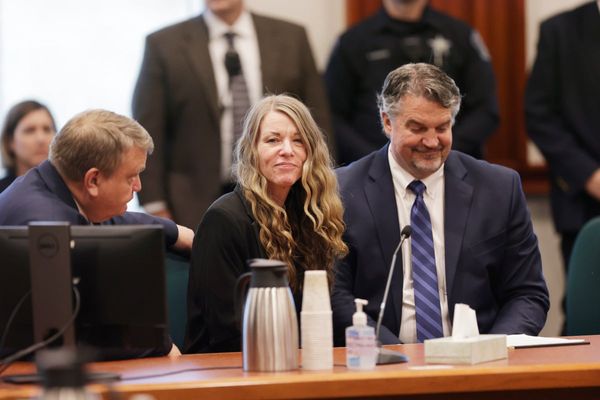
Western Reds now seem like little more than a fever dream. A team that survived just three seasons in the big time, first a beneficiary and then a victim of the overly ambitious, hedonistic rugby league scene of the 1990s. The Perth-based club were lauded for helping take a north-eastern game national before playing a key role in the great split by signing with the rebel Super League. The Reds played just 62 premiership matches but in their short existence they lived a life.
The eventual fate of the Reds said little about the prospects of rugby league thriving at the elite level in Perth, and the impending announcement that another team will soon join the premiership is welcome news. The Reds were set up to fail, astonishingly having to pay the travel costs of all teams travelling to Perth – as well as their own – while fighting for players, coaches, administrators and attention as one of four clubs added in 1995. With that kind of introduction, it was not surprising that the Reds became an unsustainable proposition.
What was surprising was how much the Reds got right. They did not have the benefit of a natural flow of talent but they managed to attract established names including Brad Mackay and Matt Rodwell, the veteran Mick Potter, the youngsters Robbie Kearns and Matt Geyer, and a collection of colourful identities led by Mark Geyer and Julian O’Neill. More notably the Reds ranked eighth of 20 teams in attendance in their debut season, 13th of 20 in 1996, and eighth of 10 in the Super League season. The seedlings were sprouting even as the bombs were dropping.
Rugby league games taken to Perth since then have only confirmed that the city is ready to embrace its own team. State of Origin clashes in 2019 and 2022 both drew just under 60,000 fans. Double-headers at Optus Stadium attracted crowds of 38,824 and 45,814. Only one of the 17 games at HBF Park since 2005 has attracted fewer than 11,000 people.
The demographics of Perth also suggest a team will have a strong chance of survival. Perth has large expat English and South African populations that can be expected to find rugby league more appealing than Australian rules football. Western Australia is the second fastest growing state in terms of population and is flush with mining industry cash, while Perth has been named the 12th most livable city on the planet. Attracting players will not be an issue, a problem that will be front and centre when Papua New Guinea join the competition soon after.
One issue that has historically hindered new clubs has been creating an identity. Nearly two decades on it is still unclear what the Titans are about while the Dolphins, in just their second season, are far more identifiable with a large fanbase built on their time in the Queensland Cup. The consortium leading the Perth bid for entry into the NRL alleviated that pressure by merging with the North Sydney Bears, a foundation club that has not played in the premiership as a standalone entity since 1999.
Despite a quarter-century in the wilderness and the realisation that the Bears would never re-enter the competition in the overcrowded Sydney market, the club has persisted in trying to find a way back in. No brand in rugby league brings greater goodwill than the Bears, whose red-and-black motif and history of underachievement saw them become many fans’ second favourite team. By aligning with the Bears brand, Perth have tapped into 90 years of premiership history, the goodwill of the entire league, an old fanbase, and a setup in Sydney that operates a successful NSW Cup side.
The NRL have no doubt taken great heart and learned many lessons from the early successes of the Dolphins. The club hit the ground running when they recruited the greatest coach of all-time and executed a peaceful transition process. They have not finished close to the bottom in either of their two seasons, even if they have been helped by the league with soft early-season draws.
The NRL will no doubt take a similar approach with the next expansion club and unquestionably played a role in bringing the Bears and Perth together. While there is plenty of water to go under the bridge, it would be surprising if the Bears opened up as bottom-feeders, and they will be assisted with travel and recruitment.
Moving to 18 teams extends the schedule to nine games a week while the national footprint is now real. An extra time-slot on Super Saturday – when the Bears are likely to play most of their home games – will be huge when it comes to the next television deal in an unfavourable climate for fee hikes.
The Bears are in. It is a marriage made of necessity but a marriage that should work. The NRL won’t let the next Perth-based team fall apart as bosses did in the 1990s. The Bears brand will be leveraged and the NRL has enough business savvy under Peter V’landys to ensure success.
Rugby league has long needed Perth. Nearly three decades after the Reds were unnecessarily killed, the Bears are ready to fill the void and the NRL is in a place to take full advantage.







